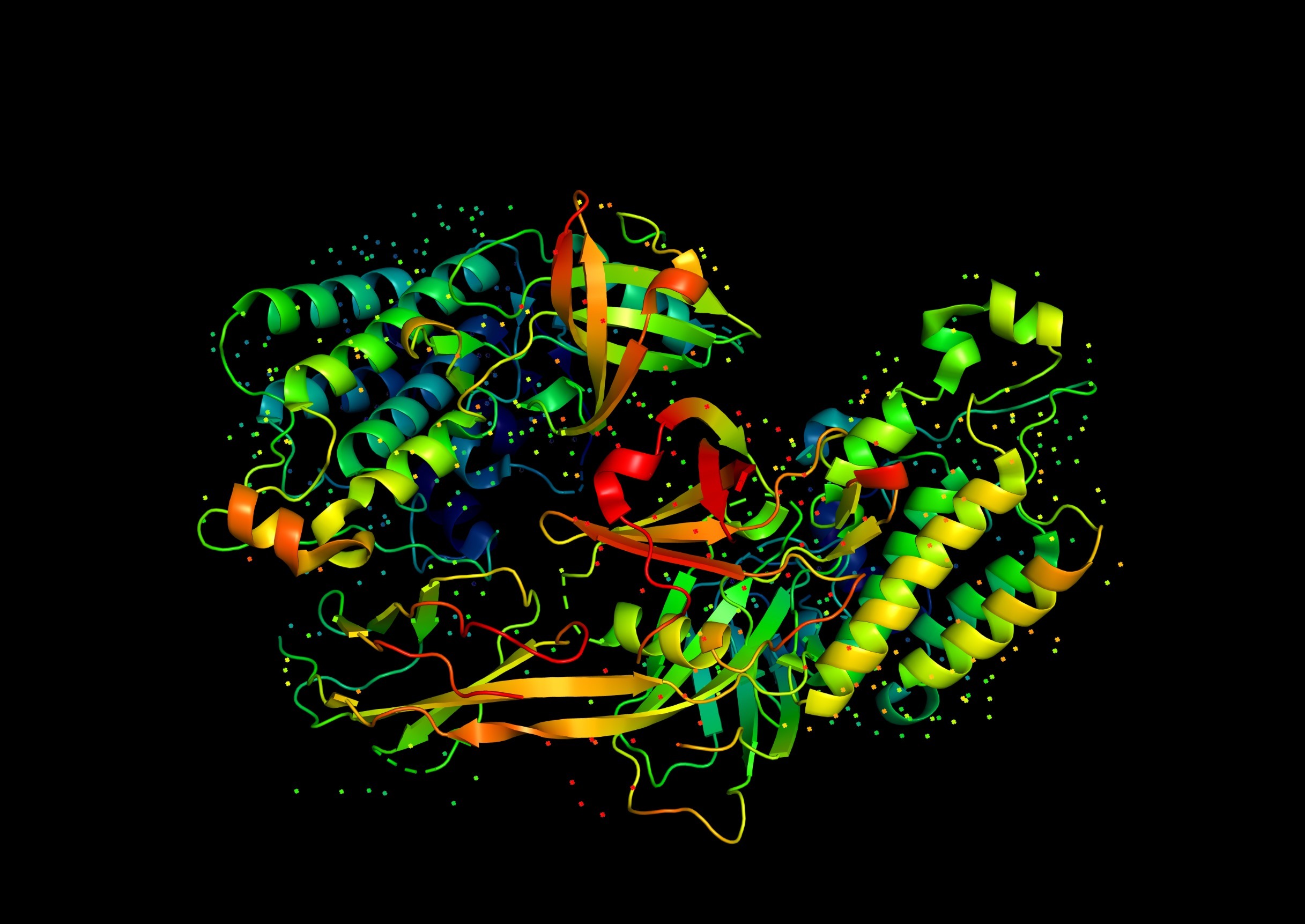Translation is the process by which messenger RNA (mRNA) is decoded to synthesize proteins. It occurs in the ribosomes, which are complex cellular structures responsible for protein synthesis.
The translation process involves several key steps, including initiation, elongation, and termination.
- Initiation: Translation begins with the binding of mRNA to a small ribosomal subunit. The small ribosomal subunit then scans the mRNA molecule until it reaches the start codon, typically AUG (adenine-uracil-guanine), which codes for the amino acid methionine. The start codon is recognized by an initiator tRNA molecule carrying methionine.
The large ribosomal subunit joins the small subunit, forming a functional ribosome. The initiator tRNA binds to the start codon, occupying the P site (peptidyl-tRNA binding site) of the ribosome. The A site (aminoacyl-tRNA binding site) is left vacant, ready to receive the next aminoacyl-tRNA.
- Elongation: During elongation, the ribosome moves along the mRNA molecule, adding amino acids to the growing polypeptide chain. Elongation involves three main steps: codon recognition, peptide bond formation, and translocation.
Codon Recognition: Aminoacyl-tRNA molecules, carrying specific amino acids, enter the A site of the ribosome. Each aminoacyl-tRNA has an anticodon that pairs with the codon on the mRNA. The pairing occurs through complementary base pairing (A-U, G-C). If the anticodon of the incoming tRNA matches the codon on the mRNA, the tRNA binds to the A site.
Peptide Bond Formation: The ribosome catalyzes the formation of a peptide bond between the amino acid carried by the tRNA in the A site and the growing polypeptide chain attached to the tRNA in the P site. This process is facilitated by ribozymes, which are RNA molecules with enzymatic activity.
Translocation: The ribosome advances along the mRNA, shifting the tRNAs from the A and P sites to the P and E sites, respectively. This movement exposes a new codon in the A site, ready to bind with the appropriate aminoacyl-tRNA. GTP (guanosine triphosphate) is hydrolyzed to provide the energy required for this translocation process.
- Termination: Termination occurs when the ribosome reaches a stop codon (UAA, UAG, or UGA) on the mRNA. These codons do not code for any amino acids, but instead signal the termination of protein synthesis. Release factors bind to the stop codon, causing the release of the completed polypeptide chain from the ribosome. The ribosome dissociates into its subunits, and the mRNA is released.
After translation, the newly synthesized polypeptide may undergo further modifications, such as folding, post-translational modifications (e.g., phosphorylation, glycosylation), and targeting to specific cellular compartments.
It’s important to note that translation is a highly regulated process. It requires the coordinated action of various molecules, including initiation factors, elongation factors, and release factors, to ensure accurate and efficient protein synthesis. Additionally, mRNA stability, localization, and availability of aminoacyl-tRNAs play crucial roles in controlling the translation of specific mRNAs in response to cellular needs and environmental cues.


Leave a Reply